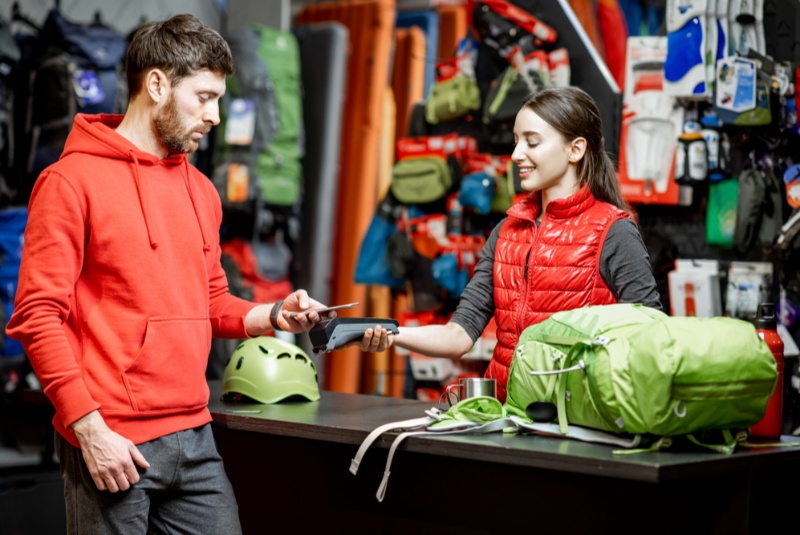Embracing an active lifestyle has countless benefits. However, the costs of sports equipment and activities can add up quickly and may deter many from participating. The good news? It's entirely possible to enjoy your favorite sports without breaking the bank. This article provides practical tips on how to save money on sports equipment and activities.
- Buy Used Sports Equipment: One of the easiest ways to save money on sports equipment is to buy used items. Online platforms like eBay, Craigslist, and Facebook Marketplace often have pre-loved sports gear in excellent condition at a fraction of the cost of new equipment. In addition, many cities have second-hand sports stores where you can find great deals. Always inspect the equipment carefully before purchase to ensure it's in good working order.
- Rent Instead of Buying: For sports that you only play occasionally, it can be more cost-effective to rent the equipment rather than buying it outright. Rental businesses are widely available for sports like skiing, surfing, and cycling. This approach not only saves money but also avoids clutter from rarely used equipment.
- Swap or Share Equipment: Consider setting up a sports equipment swap with your friends, neighbors, or local community. It's an excellent way to get rid of unused items and obtain what you need without spending a dime. Similarly, sharing equipment among a group can distribute the costs and make high-priced items more accessible.
- Buy at the Right Time: Prices for sports equipment often drop at certain times of the year. For example, winter sports gear is typically discounted in the spring, while summer gear may be cheaper in the fall. Keeping an eye on seasonal sales can lead to significant savings.

Shutterstock ADVERTISEMENT - Utilize Community Resources: Many communities have resources that can help reduce the cost of participating in sports. Public parks often have basketball courts, tennis courts, and baseball fields that are free to use. Some community centers provide loaner equipment, and local libraries may even have equipment lending programs.
- Choose Multi-purpose Equipment: Investing in versatile equipment can save money in the long run. For example, adjustable dumbbells can be used for a variety of strength training exercises, and a good quality yoga mat can serve for yoga, pilates, or general fitness workouts.
- Try Before You Buy: This applies particularly to expensive items. Trying out equipment through rental, borrowing, or in-store testing can prevent you from buying costly gear that doesn't suit your needs or preferences.
- Join Group Classes or Local Leagues: Group classes or local sports leagues often have lower costs as expenses are distributed among members. They provide a chance to learn new sports without having to invest heavily in equipment. Plus, they offer a great opportunity to socialize and meet new people.
- Maintain Your Equipment: Regular maintenance can extend the life of your sports gear, reducing the need for replacements. Clean and store your equipment properly after use, and repair minor issues promptly before they lead to more significant damage.
- Don’t Get Caught Up in Brands: While high-end brands often offer top-quality products, it's not always necessary to go for the most expensive option. Many affordable brands provide reliable equipment that suits recreational sports enthusiasts just as well.
By implementing these tips, not only will you save money, but you'll also learn to make more sustainable choices. Remember, the goal of participating in sports is to stay active and healthy, and that doesn't require the most expensive gear on the market. So, lace up those budget-friendly sneakers and step into the world of frugal fitness!
ADVERTISEMENT




